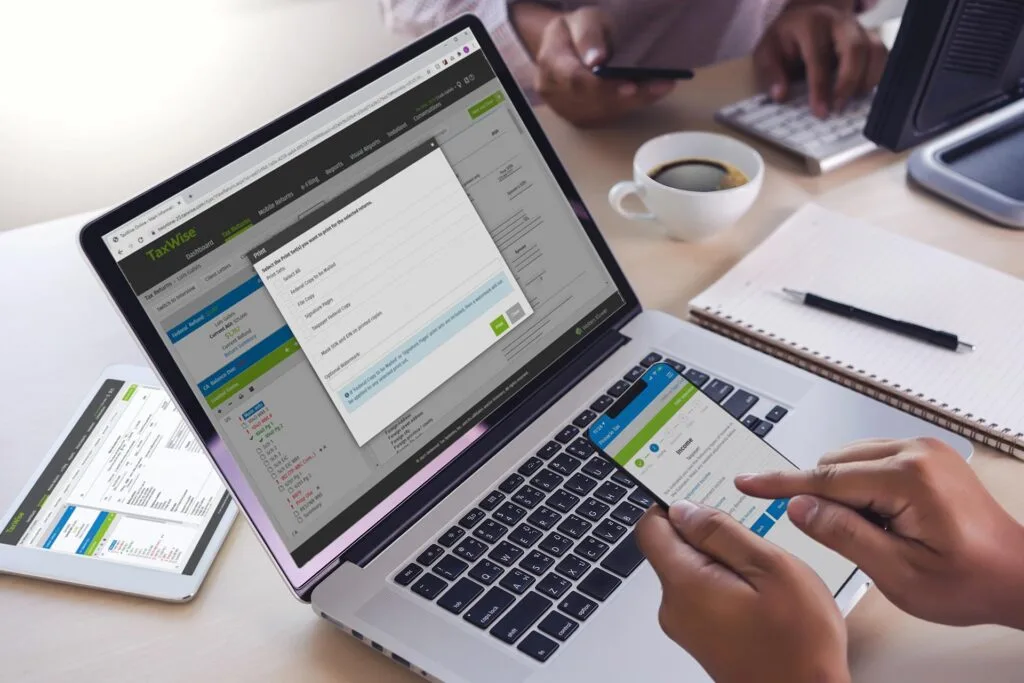Introduction:
If you have been fortunate enough to work with a good Auditing firm, you must have come across the phrase, “Work not documented is work not done”. Documentation (sometimes also referred to as audit work papers) is like the backbone of the Audit Support & Assurance profession.
SA 230 defines Audit documentation as “The record of audit procedures performed, relevant audit evidence obtained, and conclusions the auditor reached”.
Further, the audit working papers prepared for a client and its audit engagement are usually detailed enough for another auditor, who is adequately experienced and competent but unfamiliar with the client, to obtain an overall understanding of the engagement.
QuickBooks allows you to keep track of financial functions like income and expenses, employee expenses and inventory in real-time and fulfill tax obligations hassle-free.
Purpose of Audit documentation:
Audit documentation serves various purposes right from the pre-planning stage of the audit up to the conclusion of the same. Some of the objectives/purposes of the audit Support are as described below:
1. It assists the engagement team (ET) to plan & perform audits in a more efficient manner. It helps the ET leader to plan out the time & resources required for an Audit engagement. For eg: If the ET has documented the details of the PY Audit program, they can have an estimate of how many days & how many team members will be required for the Audit.
2. It assists in the supervision & review of the Audit work performed by the team. For instance, if The audit testing carried out by the team is documented, and it will be easier for the supervisor to review the work.
3. It enables the engagement team to be accountable for its work. The documentation of the Audit of the program clearly states which person is responsible to test which area of financials.
4. It helps in retaining a record of matters of continuing significance to future audits (for eg: the organization structure of an entity, if once documented might not need change for several years)
5. It acts as evidence that the audit has been planned and performed in accordance with the applicable standards on Auditing in case of any external or internal review (e.g. or Peer review)
Form & content of Audit documentation:
The form & content of the Audit documentation depends on various factors such as:
1. The size & complexity of the entity (eg: an entity having subsidiaries, associate companies, holding companies, etc require more detailed documentation as compared to a simple standalone simple company).
2. The nature of the audit procedures to be performed. (for eg: 3-step revenue testing requires more documentation as compared to bank reconciliation).
3. The identified risks of material misstatement (the higher the risk, the more the requirement of documentation describing the type of risks, relevant controls if any & the residual risk).
4. The need to document a conclusion or the basis for a conclusion not readily determinable from the documentation of the work performed, or audit evidence obtained.
5. The audit methodology and tools used (eg: reconciliation, external confirmation, etc.).
What is an Audit file?
An audit file refers to one or more folders or other storage media, containing the records that An audit file refers to a compilation of audit documentation records relevant to a specific engagement.
There are mainly two types of audit files:
a) Permanent audit file :
This file mainly has documents that are less likely to change for a longer period. It contains the following:
1. Information relating to the legal & organizational structure of the entity (MOA, AOA)
2. Study of evaluation of internal controls system
3. Significant audit observations of earlier years etc.
b) Current Audit file:
It contains matters relating to the audit of a single period. It normally contains the following:
1. Meeting minutes of shareholders & BOD
2. Audit plan, program & its results
3. Analysis of transactions and balances
4. Letter from other auditors, experts, etc., Letter of Of-appointment, letter of confirmation.
Ownership & custody of Audit working papers:
The ownership of audit working papers lies with the Auditor. And he is not required to share the same with any third party including the client.
However, the auditor at his discretion, makes portions of, or extracts from, audit documentation available to clients. In such cases, the auditor needs to ensure that his independence is not undermined by sharing work papers.
Compilation & retention:
The auditor must assemble the audit working papers in an audit file and complete the administrative procedure of compiling and assembling the final audit file on a timely basis after the date of issue of the auditor’s report.
The Standard on Quality Control (SQC – 1) says that proper policies and procedures should be set out for the completion and assembly of final audit files on a timely basis after the audit engagement is over.
Ordinarily, it is suggested that the audit files should be assembled within a maximum period of sixty days from the date of the audit report.
The working papers need to be retained for a period of 7 years as per SQC – 1. However, this period can vary based on the applicable laws & regulations. Hence it is the auditor’s duty to ascertain that the working papers are retained for a sufficient period to meet all the applicable legal & regulatory requirements.
Conclusion:
Audit working papers are used to assist the audit work and they give an assurance that the audit was carried out in conformity with applicable auditing standards. Being a record of how the audit was conducted, they indicate that the audit was properly carried out and was properly planned & supervised. They might also be useful to an auditor in the future if a lawsuit is filed against him on account of negligence and lack of care.








